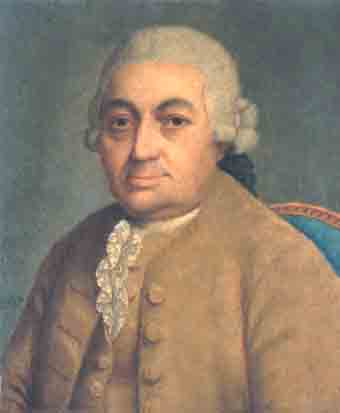

CARL PHILIPP EMANUEL BACH
8thMarch 1714 --- 14thDecember 1788
Copyright 1953` Encyclopaedia Britannica
Last Updated on 2023
By Steven Ritchie
And now for the Music

New (3890)"Unknown Trio piece". Sequenced by Antti Ojanpera.
New (3889)"Sonate en trio, No.1". Sequenced by E.Bourgevin.
New (3888)"Sonate en trio, No.2". Sequenced by E.Bourgevin.
New (3887)"March for the Ark". Sequenced by J.M.Lavric.
New (3886)"Unknown Sonata". Sequencer Unknown.
I like to thank Tony D Matthews for the following music, to contact Tony please (tonym (@) absolutesolutions co uk).
(2435) "The Solfegietto" a really beautiful sequence by Tony D Matthews.
(2434) "The Solfegietto" (orchestral arraignment, which Tony call's the "Headlong Solfegietto)".

If you done any Classical pieces of say for example, Delius, mozart, and so on etc,
please email them to the classical music site with details to
"classical (@) ntlworld.com" written this way to stop spammers
just remove spaces and brackets for email address, thank you.

Visitors to this page --

Back to Classical Midi Main Menu click "HERE"